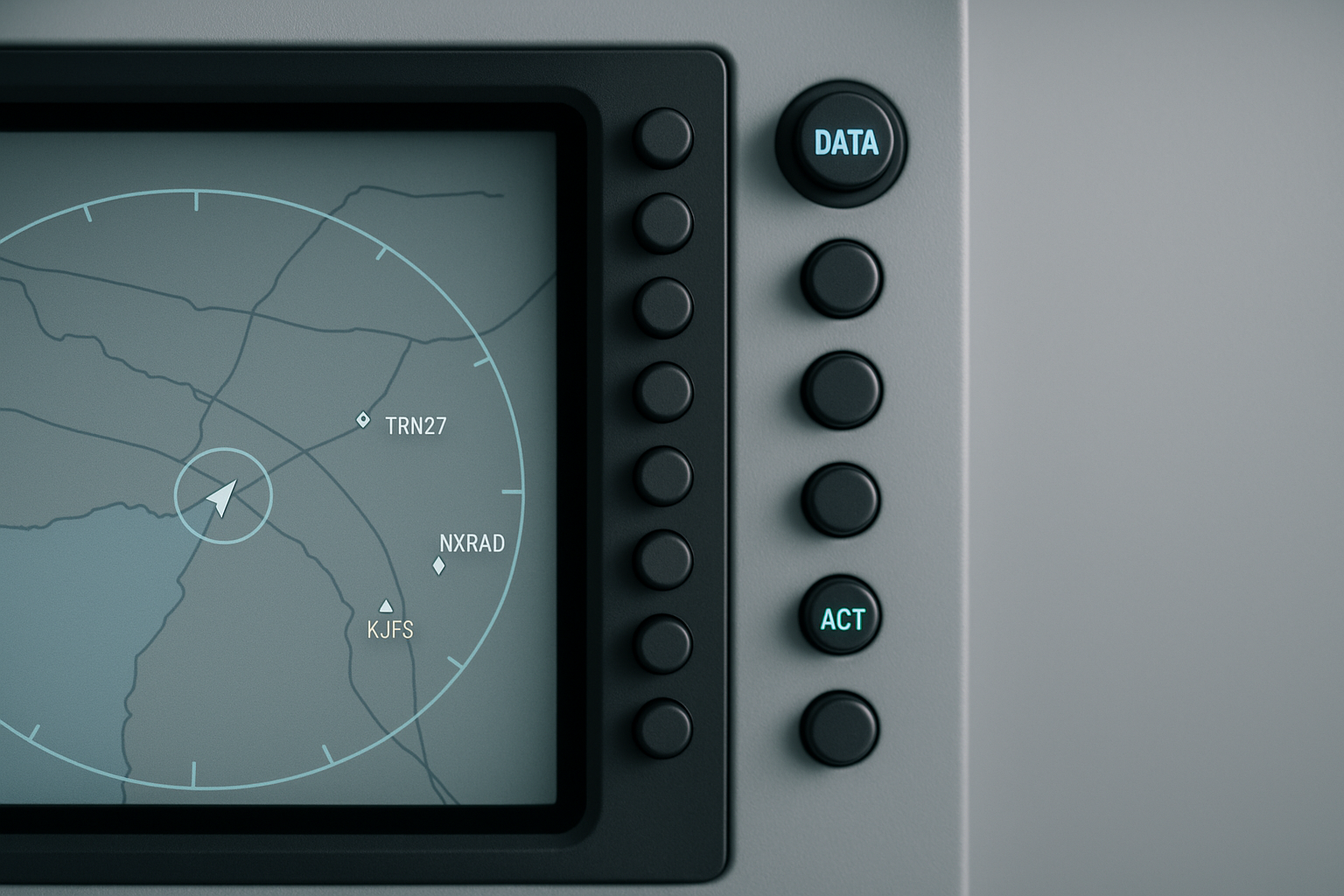
This year’s tech gatherings have provided aviation leaders with invaluable insights into the future of the industry. From advancements in artificial intelligence to the integration of cutting-edge technologies, these events have highlighted key trends and innovations that are set to transform aviation.
One of the most significant takeaways for aviation leaders is the role of AI in enhancing communication within the sector. Technologies such as speech recognition and language processing are being integrated into aviation systems, allowing for more accurate interpretation of pilot commands and air traffic control communications. These advancements reduce misunderstandings and enhance safety. AI-driven communication systems ensure seamless information flow between pilots, crew and ground control, optimizing flight paths and fuel usage. As these technologies evolve, their impact on communication will continue to grow, making flights safer and more reliable. Recent discussions at ai in aviation conferences have highlighted these advancements and their potential future impact.
Key communication enhancements
This year’s tech gatherings have showcased how artificial intelligence is revolutionizing communication channels in aviation by streamlining interactions. Advanced speech recognition systems can accurately interpret pilot commands, reducing the likelihood of misunderstandings. Language processing technologies further enhance this by translating communications in real time, overcoming language barriers in international flights. AI-powered chatbots are also becoming instrumental in customer service, providing passengers with instant responses to queries. These innovations are creating a more informed and satisfied passenger experience, a crucial takeaway for aviation leaders.
Machine learning algorithms are now being deployed to analyze patterns in air traffic communications, identifying potential communication bottlenecks before they occur. These systems can detect subtle variations in radio transmissions that might indicate equipment problems or operator fatigue. Additionally, natural language processing capabilities have evolved to understand context and nuance in communications, helping to flag potential misunderstandings or safety concerns in real-time. This proactive approach to communication management represents a significant leap forward in aviation safety protocols.
Operational efficiency insights
Another major insight for aviation leaders is AI’s transformative impact on operational efficiency. Predictive maintenance is one significant advancement, where AI analyzes data from aircraft components to identify potential failures. This approach minimizes unexpected delays and enhances safety. AI also optimizes flight operations by analyzing weather patterns and air traffic data to recommend efficient routes, saving time and fuel. These improvements lead to cost savings for airlines and reduced environmental impact due to lower emissions. AI assists in crew scheduling and resource allocation, ensuring optimal utilization of human resources.
Recent developments in AI-driven operational systems have introduced sophisticated passenger flow management solutions. These systems analyze historical data, real-time passenger movements and external factors to optimize everything from gate assignments to baggage handling processes. By predicting passenger behavior patterns and potential bottlenecks, airlines can now proactively adjust their operations to maintain smooth terminal operations and reduce delays. This level of operational intelligence has become particularly valuable during peak travel seasons when resources are stretched thin.
Future trends and innovations
Tech gatherings have also highlighted future trends in AI applications within aviation. Industry leaders shared insights on how AI is set to revolutionize various aspects of aviation, from communication enhancements to operational efficiencies. Discussions focused on integrating machine learning algorithms that enable more accurate predictions and decisions in dynamic environments like aviation. Embracing AI is crucial for the future of aviation. The industry’s commitment to innovation will drive continuous improvements in safety, efficiency and customer satisfaction.
The future of aviation promises exciting developments as emerging trends gain momentum. One such trend is the expansion of autonomous aircraft capabilities powered by advanced AI systems capable of making independent decisions during flights. Another area poised for growth involves integrating AI with Internet of Things (IoT) devices onboard aircraft for enhanced monitoring and data collection. This convergence enables more precise tracking of performance metrics, leading to increased reliability over time.
